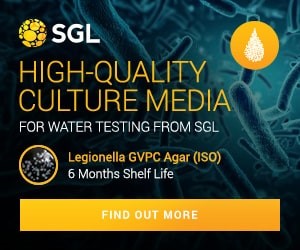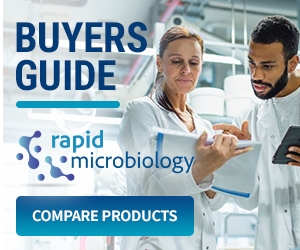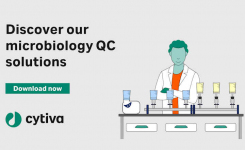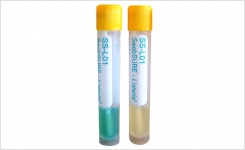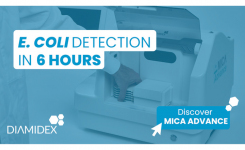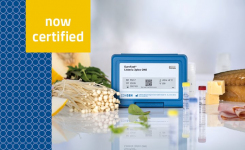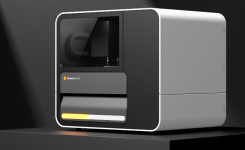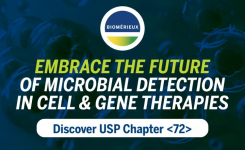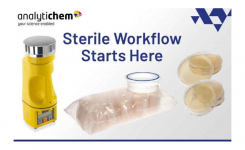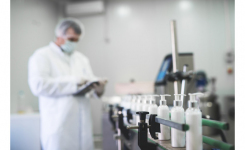Lab M Media Support Increasing Need for E. coli O157 Identification
go back to news archives| | The results of a recent survey (*Vaerewijck, M.J.M. et al, Applied and Environmental Microbiology 74. 18:5741-5749) suggest that bacteria, such as E. coli O157, may be able to resist desiccation and disinfectants. This finding highlights once again the importance of reliable methods of culture and identification of Vero cytotoxin-producing Escherichia coli (O157 VTEC). |
The combination of Lab M's immunomagnetic separation method (Captivate™ O157) and the company's specific chromogenic substrate medium for the isolation of E. coli O157 (Harlequin™ SMAC-BCIG) provides a highly sensitive solution to the need for effective isolation of these bacteria from food and environmental samples. The published survey showed unexpectedly high diversity rates of various foodborne pathogens, including E. coli O157:H7, in meat-cutting plants. The authors of the work suggest that the bacteria survive and replicate within the protozoa that feed on bacteria. It has been shown previously that, after passage through protozoa, bacterial pathogens demonstrate increased virulence. E. coli O157 is one of the most important foodborne pathogens of animal origin. Associated primarily with self-limiting diarrhoea, it can also lead to much more serious conditions. Lab M's recommended protocol for enrichment and isolation uses both Harlequin™ SMAC-BCIG medium and Captivate™ O157. Six-hour enrichment in modified Tryptone Soy Broth at 42ºC is followed by immunomagnetic separation using Captivate™ O157 particles and plating to the chromogenic medium, with or without the addition of Cefixime Tellurite supplement. E. coli O157:H7 appear as pale translucent colonies on this medium. Their identity may be confirmed using latex agglutination kits or appropriate antisera. *Ref: M.J.M. Vaerewijck, K. Sabbe, J. Bare, K. Houf, Microscopic and molecular studies of the diversity of free-living protozoa in meat-cutting plants, Applied and Environmental Microbiology 74. 18:5741-5749 |
NOTE: This item is from our 'historic' database and
may contain information which is not up to date.
Source : Lab M View Company Information
Posted on November 10, 2008


